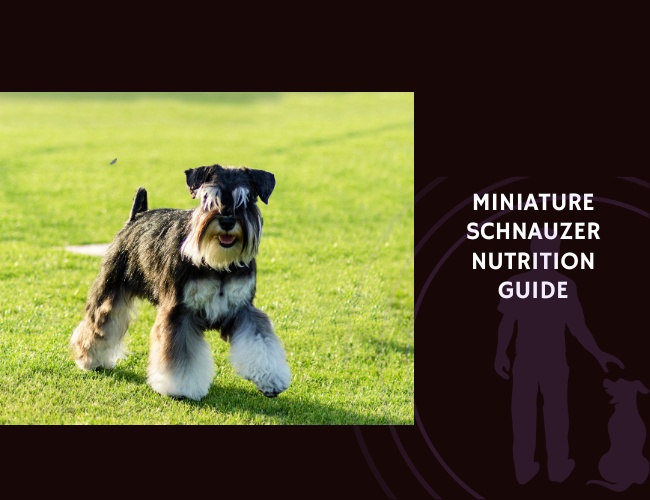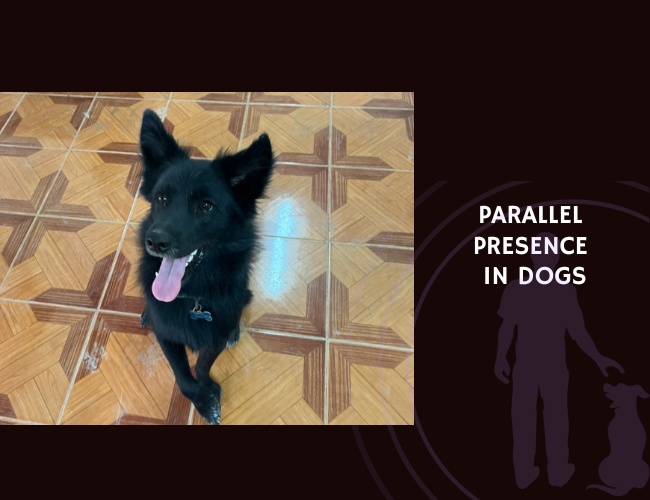Chiang Mai, Thailand, 19.07.2025
Dog trainers’ own language reveals their methodology—those using aversive tools frame them more positively, while positive reinforcement trainers reject such tools outright.
Dog trainers’ choice of words may reveal more than just their philosophy—it may also predict their gender, training style, and level of certification. A 2022 study analyzed the websites of 100 dog trainers across 10 US cities and found distinct linguistic and demographic patterns between those who use positive reinforcement (“non-aversive”) and those who use punishment-based (“aversive”) techniques.
The researchers used MAXQDA software to examine language describing training philosophies. Aversive trainers often used terms like “electronic collars” to justify their methods, whereas non-aversive trainers referred to the same tools as “shock collars” and explicitly rejected their use.
Gender and certification were also significant factors: women were more likely to use non-aversive training (χ² = 12.79, p < 0.05), and non-aversive trainers were more likely to be certified than those using aversive or mixed methods (χ² = 18.75, p < 0.01).
The study highlights inconsistent language and lack of regulation in the dog training industry, which may confuse dog owners and pose safety risks for both dogs and handlers. The authors call for clearer public communication and increased oversight in training standards and certification.
Training Dogs with Science or with Nature? An Exploration of Trainers’ Word Use, Gender, and Certification Across Dog-Training Methods










